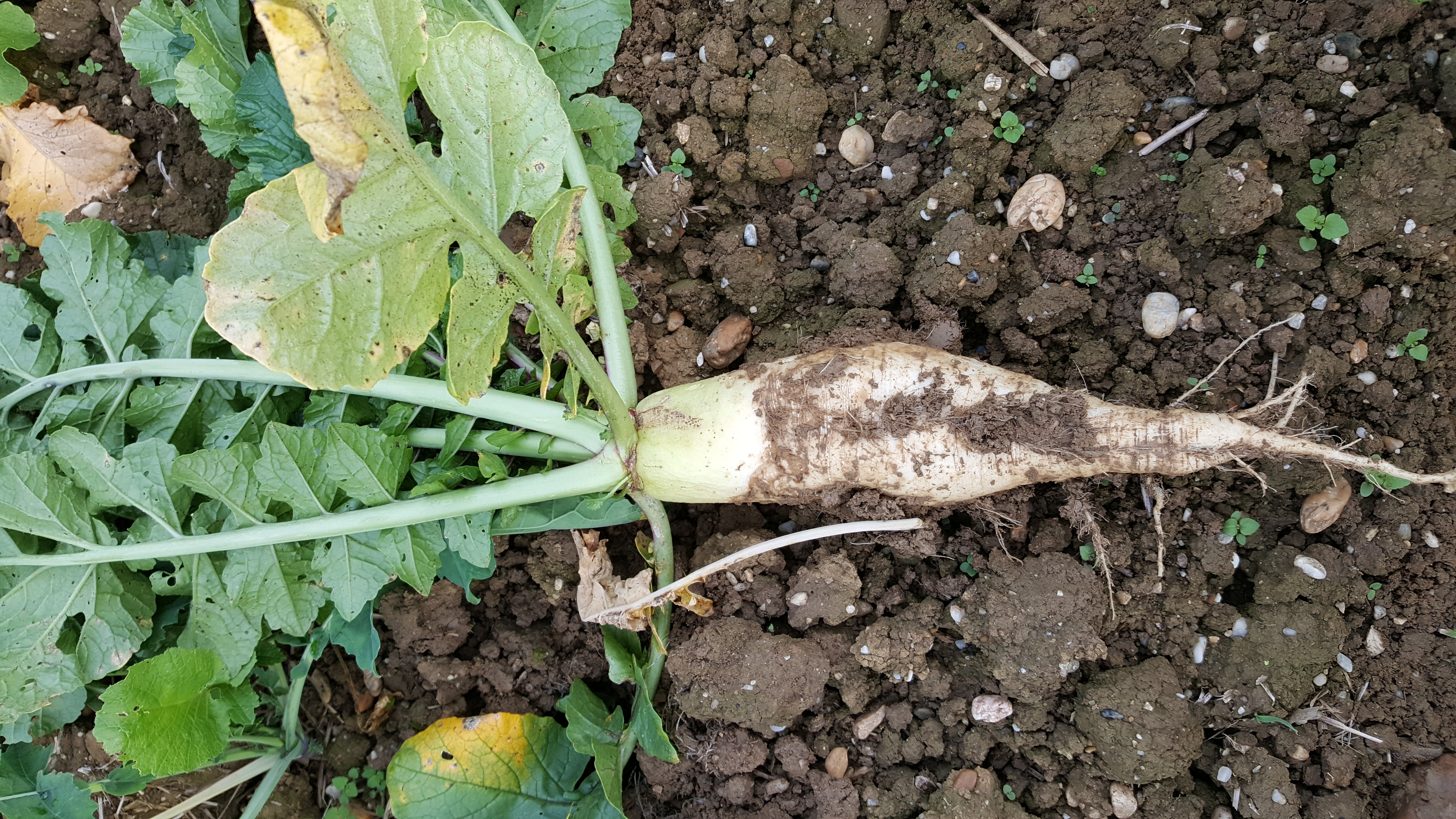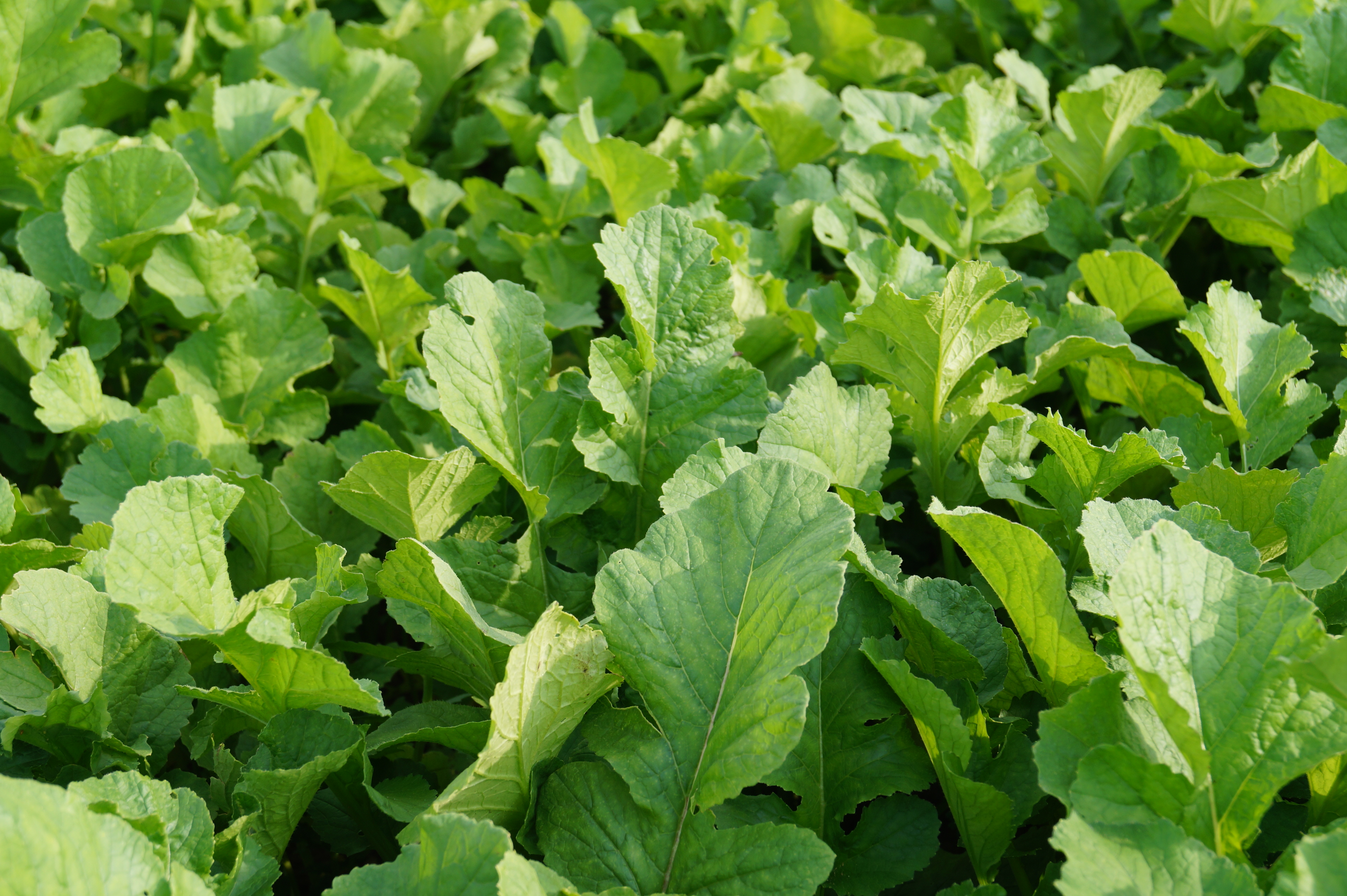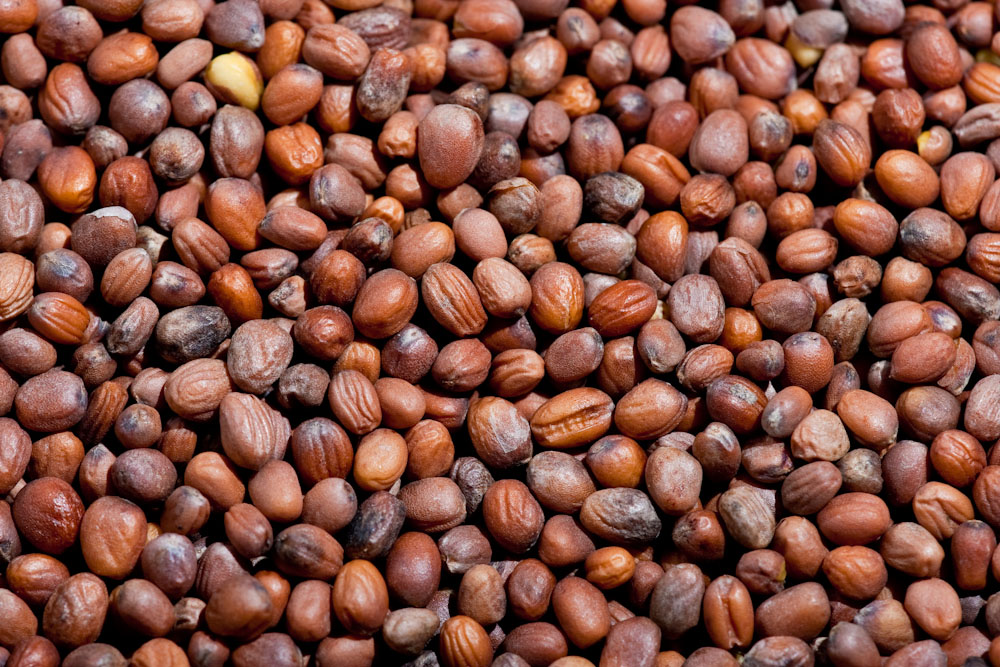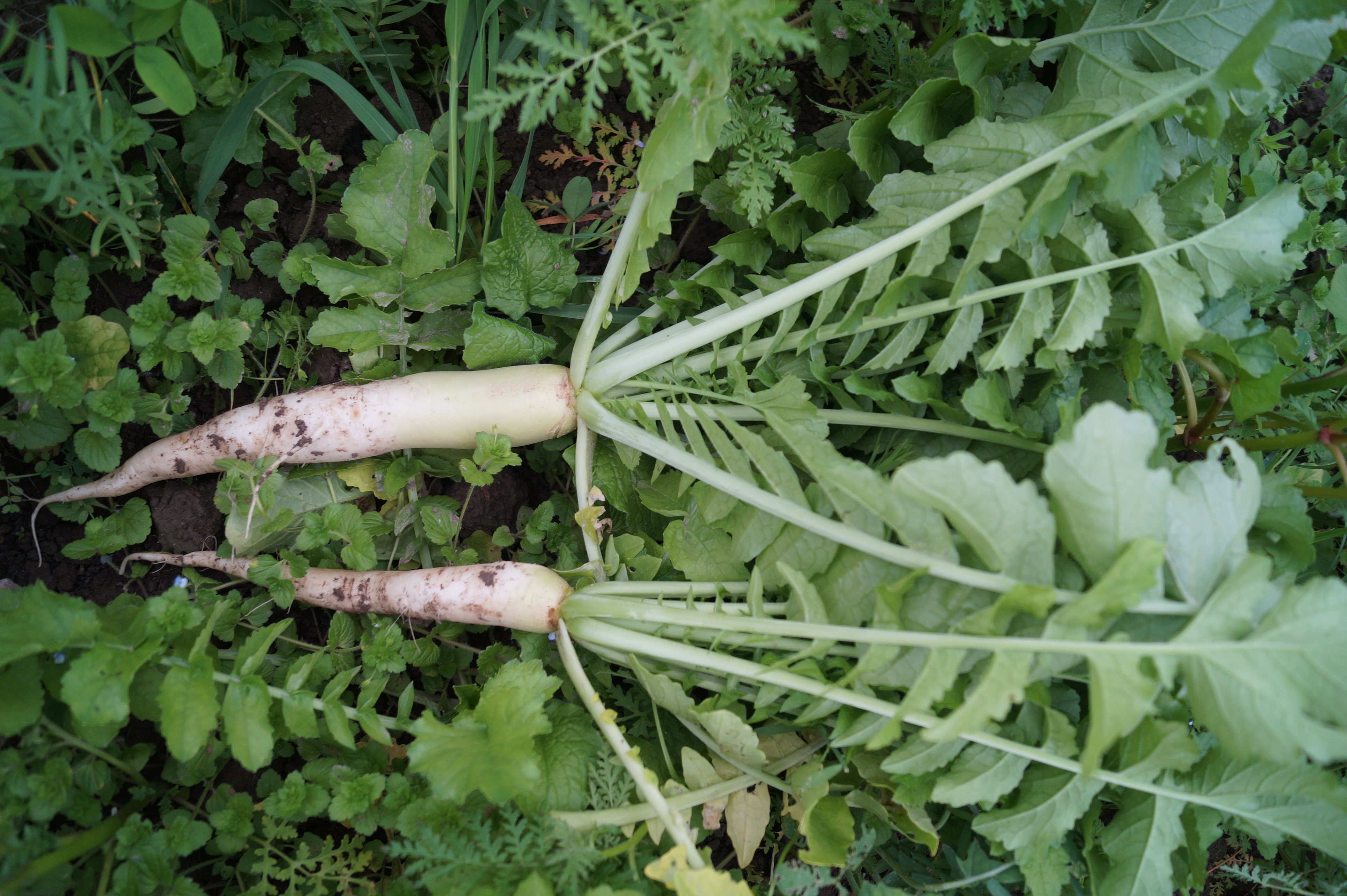International
Catch crops
STINGER oil radish
Advantages
Tillage radish
Name addition
oil radish
- The strong radish roots leave holes in the soil - which increased the infiltration capacity of the soil
- Promotion of the air and gas balance of the soil
- Leafy and fast initial development for a good weed suppression
- STINGER delivers valuable humus for a biological activation of the soil
- Nutrients are preserved and protected against shifting into deeper soil layers
- Not winter hardy - well suited for conservation tillage
- Suitable variety for cover crop blends
Included in blends: viterra® MAIS STRUKTUR
General description
General description
| - - - - | - - - | - - | - | 0 | + | + + | + + + | + + + + |
---- = very low resistance/early/short, ++++ = very high resistance/late/long
Agronomic features
Weed suppression









Protection against erosion









Ground water protection / Nitrogen conservation









Humus formation









Cold- and frost resistance









Drought tolerance









Type of root
Tap root
Rooting depth
180 cm
Breeder
P.H. Petersen Saatzucht Lundsgaard GmbH
All variety descriptions have been prepared in accordance to the best of our knowledge, considering trial results and observations. A guarantee or a liability in individual cases is not possible, because the growth conditions are subject to substantial fluctuations.
Cultivation
Crop rotation suitability
Maize
++
Cereals
++
Oilseed rape
+
Sugar beets
Potatoes
+
Intensive crops
+
Legumes
++
Cultivation recommendations
Recommended sowing rate
6 - 8 kg/ha
Sowing depth
2 - 3 cm
Sowing period
End of July until end of August - depending on location!
Fertilization
40 - 60 kg N/ha
Crop protection
Usually there is no plant protection required.
Sowing method
In order to gain a fast and even development of the oil radish plants, drilling after careful soil preparation is recommended.
Breeder
P.H. Petersen Saatzucht Lundsgaard GmbH
All variety descriptions have been prepared in accordance to the best of our knowledge, considering trial results and observations. A guarantee or a liability in individual cases is not possible, because the growth conditions are subject to substantial fluctuations.




